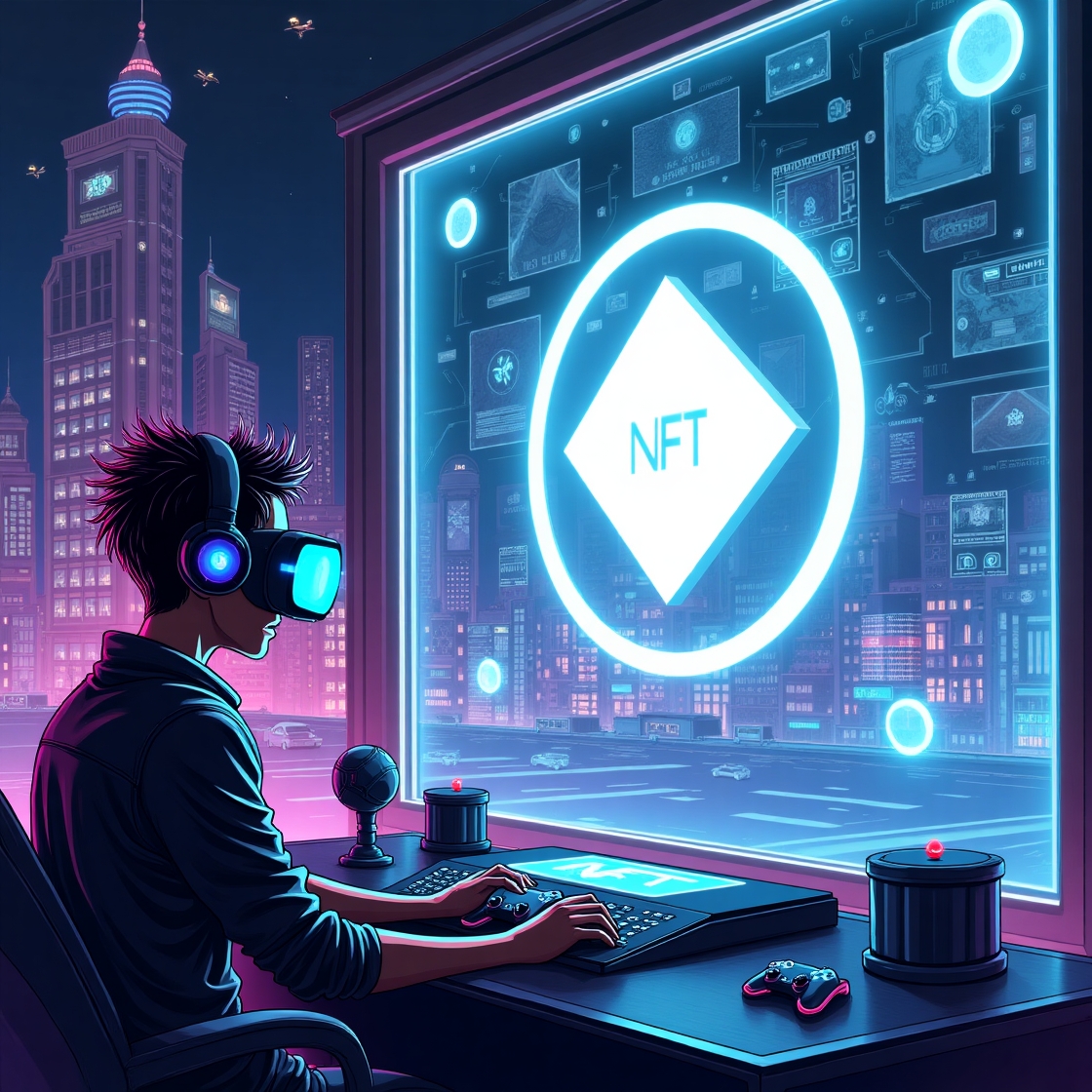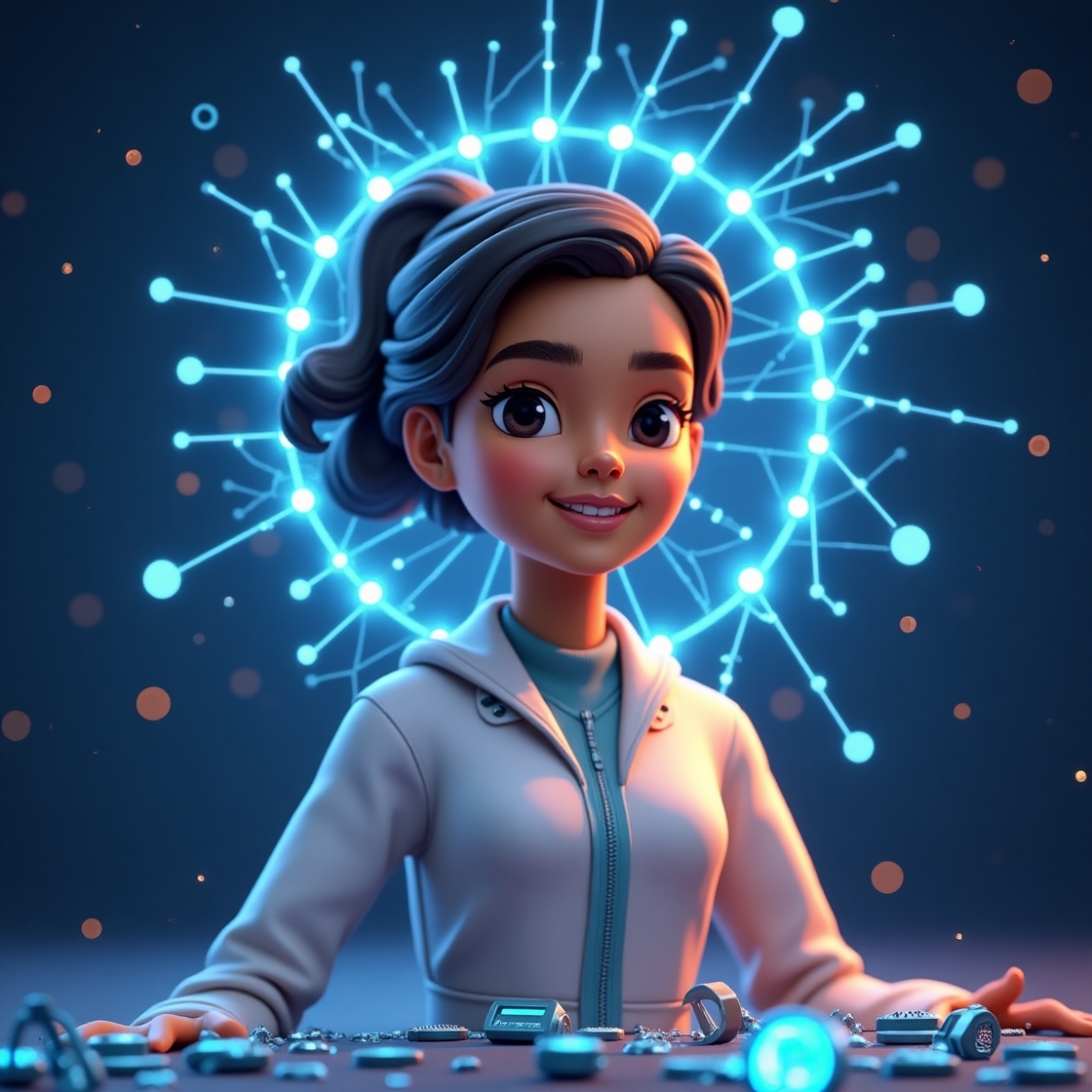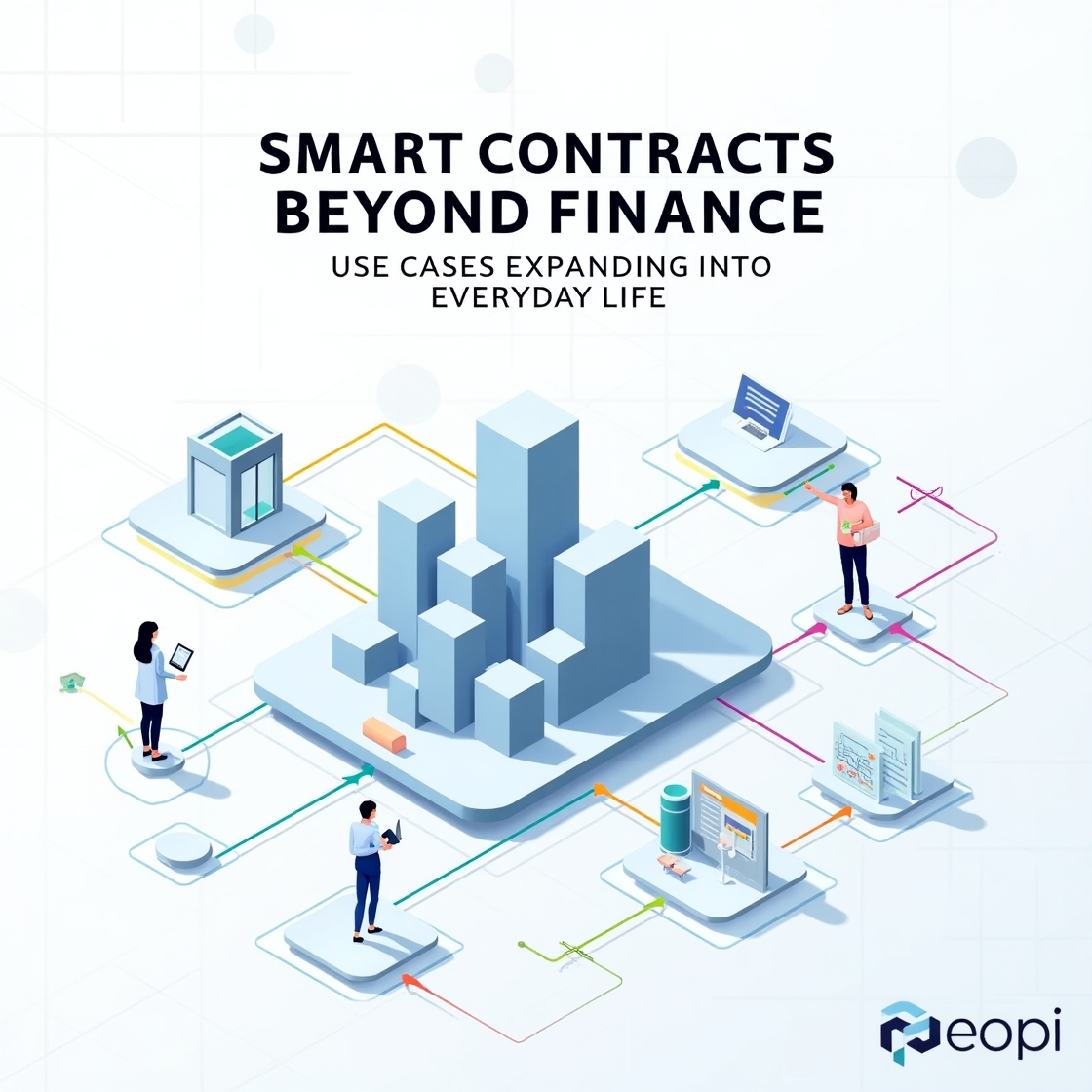NFTs Beyond Art: How Blockchain Is Revolutionizing the Gaming Industry
NFTs Beyond Art: How Blockchain Is Revolutionizing the Gaming Industry
The rise of non-fungible tokens (NFTs) has undoubtedly created waves in the art world, with digital artists, collectors, and enthusiasts flocking to marketplaces to buy, sell, and trade unique digital assets. However, the application of NFTs goes far beyond art. One of the most exciting and transformative areas where NFTs are making a significant impact is the gaming industry. Through the integration of blockchain technology, NFTs are revolutionizing how in-game assets are owned, traded, and monetized, ultimately reshaping the landscape of gaming for both players and developers.
In this article, we will explore how blockchain and NFTs are changing the gaming industry, their potential to unlock new economic models, and the future possibilities of this exciting intersection of technology and entertainment.
NFTs and Blockchain: A Primer
Before diving into the gaming implications, it’s important to understand the core technology behind NFTs. Non-fungible tokens are unique digital assets verified on a blockchain, which is a decentralized and immutable ledger. Unlike cryptocurrencies such as Bitcoin or Ethereum, which are fungible (meaning each token is identical), NFTs are one-of-a-kind, meaning each token carries a unique value or piece of information.
NFTs can represent anything digital—images, music, videos, and, as we will focus on here, in-game assets like skins, weapons, characters, and even entire game worlds. Blockchain ensures the authenticity, scarcity, and ownership of these assets, allowing players to buy, sell, or trade them in a decentralized marketplace. With the ability to directly own and control these digital assets, NFTs bring a new level of transparency and security to the gaming world.
Ownership and Control of In-Game Assets
One of the most significant ways NFTs are impacting the gaming industry is by changing the concept of ownership. In traditional gaming, players invest time and money into acquiring in-game items, such as weapons, skins, or characters. However, these assets are typically controlled by the game’s publisher and exist only within the confines of the game itself. Players do not truly own these items and cannot transfer or sell them outside the game.
NFTs eliminate this limitation by giving players true ownership of their digital assets. If an in-game item is tokenized as an NFT, players have full control over it, and they can choose to trade it with other players, sell it on a secondary marketplace, or even use it across multiple games, if supported by the platform. This opens up new possibilities for gaming economies, allowing players to build real-world value from their in-game investments.
Take the example of “skins” in popular games like Counter-Strike: Global Offensive or Fortnite. These cosmetic items have significant monetary value in the secondary market, yet players cannot directly profit from them within the context of the game. By integrating NFTs, players would have the ability to buy and sell skins as independent assets, enabling a new economy driven by player-created content. Furthermore, the value of these items would be transparent and verifiable on the blockchain, preventing fraudulent copies or counterfeits.
Play-to-Earn Models and New Economic Opportunities
NFTs have paved the way for the rise of the “play-to-earn” (P2E) model in gaming. This model allows players to earn real-world value through in-game activities, typically by acquiring and trading NFTs or participating in blockchain-powered economies. In these games, players can earn cryptocurrency or valuable NFTs by completing tasks, leveling up, or engaging in battles or quests.
One of the most notable examples of play-to-earn games is Axie Infinity, a blockchain-based game where players collect, breed, and battle creatures called Axies. Each Axie is an NFT, and players can sell or trade them for cryptocurrency. The in-game economy in Axie Infinity allows players, particularly in developing countries, to earn a significant income by playing the game. This has led to the emergence of “scholarships,” where experienced players loan their Axies to new players in exchange for a portion of the in-game earnings.
The play-to-earn model has introduced new economic opportunities for players and game developers alike. For players, it offers a chance to turn gaming from a hobby into a source of income. For developers, it creates a more engaging and sustainable business model, as they can incentivize players to keep playing by offering them rewards in the form of NFTs or cryptocurrency.
Interoperability: The Future of Cross-Game Assets
Interoperability—the ability for assets to be used across different games or platforms—has become one of the most talked-about benefits of NFTs in gaming. Currently, in-game items are confined to the ecosystem of the specific game in which they were created. For example, a weapon skin in Fortnite cannot be used in Call of Duty or any other game.
Blockchain and NFTs open the door for a new era of interoperability. With NFT-based assets, players can theoretically carry their in-game items across multiple games, creating a truly connected and unified digital world. This would allow gamers to use their rare skins, characters, or weapons in any compatible game, providing greater utility and value for these assets.
Game developers who embrace NFTs may also be able to create shared economies across multiple games, further increasing the value of in-game assets. For example, a player who earns a rare NFT weapon in one game might be able to use it in another game that shares the same blockchain infrastructure. This cross-game functionality could transform the gaming experience, creating a more seamless and interconnected virtual world.
Creating a New Paradigm for Game Developers
For developers, NFTs represent a way to introduce new revenue streams and business models. In traditional gaming, developers earn revenue primarily through game sales, in-game purchases, and subscription fees. However, with NFTs, developers can monetize in-game assets directly and even take a percentage of secondary market sales.
By implementing a blockchain-based marketplace, developers can retain a share of transactions whenever players buy, sell, or trade NFTs in the game. This creates a new, ongoing revenue stream that goes beyond the initial sale of the game or its expansions. It also gives developers more control over the value of their digital assets, as they can design their NFTs to appreciate in value over time.
Moreover, NFTs offer developers the ability to create limited-edition or rare in-game items that can become highly valuable to players. These exclusive assets can serve as powerful incentives to keep players engaged, as they offer something unique that cannot be obtained through traditional gameplay or purchases.
Challenges and Considerations
Despite the immense potential, the integration of NFTs into gaming faces several challenges. One major issue is the environmental impact of blockchain transactions, especially with Ethereum’s Proof-of-Work consensus, which consumes a significant amount of energy. However, many blockchain platforms, such as Polygon and Flow, are working to mitigate this issue by offering more energy-efficient solutions with lower carbon footprints.
Another challenge is the speculative nature of NFTs, which can lead to price volatility. This volatility could be problematic for players who may invest significant amounts of time or money into acquiring NFTs only for their value to drop dramatically. Developers must find a way to balance the excitement of NFT ownership with sustainable in-game economies.
Lastly, the regulatory landscape around NFTs and blockchain gaming is still evolving. As NFTs continue to gain popularity, governments may introduce regulations to address concerns about fraud, money laundering, and the protection of minors in gaming environments. Game developers must stay ahead of these developments to ensure compliance and create secure, transparent ecosystems for players.
Conclusion: The Future of NFTs in Gaming
NFTs are no longer confined to the art world. As blockchain technology continues to evolve, NFTs are set to revolutionize the gaming industry by giving players true ownership of in-game assets, enabling play-to-earn models, fostering interoperability across games, and providing developers with new ways to monetize their creations.
While challenges remain, the potential for NFTs to reshape the gaming industry is immense. As more developers adopt blockchain and integrate NFTs into their games, the gaming landscape will continue to evolve into a more dynamic, player-driven environment where digital assets have real-world value. In the next few years, we may see a gaming world where players not only have more control over their virtual possessions but also have the ability to create and participate in new economies, both inside and outside of their favorite games. The revolution is just beginning.




Post Comment